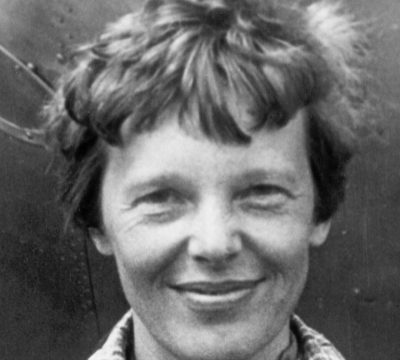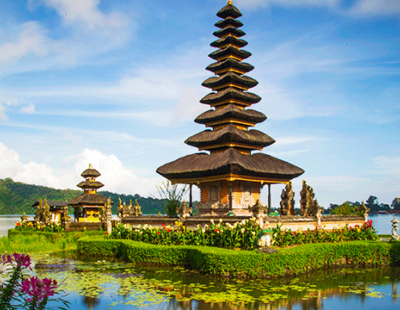The Traditional Culture of Chinese Clothing
The influence of traditional Chinese clothing on the West dates back to the Silk Road. More recently, traditional Chinese garments have worked their way into popular culture through films such as Crouching Tiger Hidden Dragon and the Kill Bill Volumes. However, creating clothes with such lasting appeal didn’t happen overnight.
The history of traditional Chinese clothing

The origins of clothing manufacture in China are over 1.7 million years old. In the stone age clothes consisted of animal pelts and stones, and It wasn’t until the beginning of the Shang Dynasty (1600-1046 BCE) that Chinese fashion – as we know it today – started to take shape.
During this era garments consisted of a single piece of silk that was adorned with cords around the neck and sleeves. Despite its extremely simple design, the mix of comfort and elegance quickly became popular with the elites across this enormous land.
The impact of communism on Chinese fashion

Throughout history Chinese clothing continued to evolve, becoming more elaborate and an art form in its own right. This, however, all came to a halt with the arrival of the Communist party in 1927. Almost overnight, it changed the nation’s attitude (albeit forcefully) towards clothes.
Once Communist troops became established in cities, administrators issued uniforms to the public. Factory workers and technicians were given dark blue cotton uniforms, whereas the civil servants were made to wear the same yet in grey; all of which adhered to the designs of the Mao suit. This, of course, was a stark comparison to the intricate designs and vibrant colours of traditional Chinese attire.
Popular types of traditional Chinese clothing
Although the evolution of fashion design was stopped in its tracks by the Chinese Revolution, many emblematic garments of China’s past are still worn today.
Qipao

The word qipao (qípáo) translates as ‘banner dress’ and was originally a long, loose-fitting dress, worn by the Manchu people. After the Manchu community conquered China in the Qing Dynasty (1644 to 1911), this garment’s popularity skyrocketed.
The more modern version of qipao is slightly shorter and is often worn by celebrities. Yet before Melania Trump put on the dress for her visit to China, it was in fact a symbol of the women’s liberation movement in China.
Historically, the qipao (or chang pao, at the time) was a men’s garment, and women were forbidden from wearing it. Because of this, in 1911, many Chinese women fought against gender inequality by wearing this dress.
Hanfu

A hanfu is piece of clothing consisting of two parts: a robe that goes to the knee called yi, and a narrow skirt that reaches the ankles called chang; another fundamental feature are its wide sleeves.
For women, this Chinese dress is usually accompanied by hair accessories; for men the Hanfu is overall the same although somewhat plainer in design and colour. Nowadays, it is mainly used in religious ceremonies and historical reenactments.
Changshan

In comparison to other models of traditional Chinese clothing, the changshan is the most reserved. A type of long jacket or robe, the changshan became popular under the Manchu rule during the Qing Dynasty. Today many people in modern China wear this trouser and jacket combination to celebrate weddings, New Year and even funerals.
Want to discover more about the wonders of the Orient? Then delve into China’s rich culture on one of our astonishingly low-priced trips to East Asia


